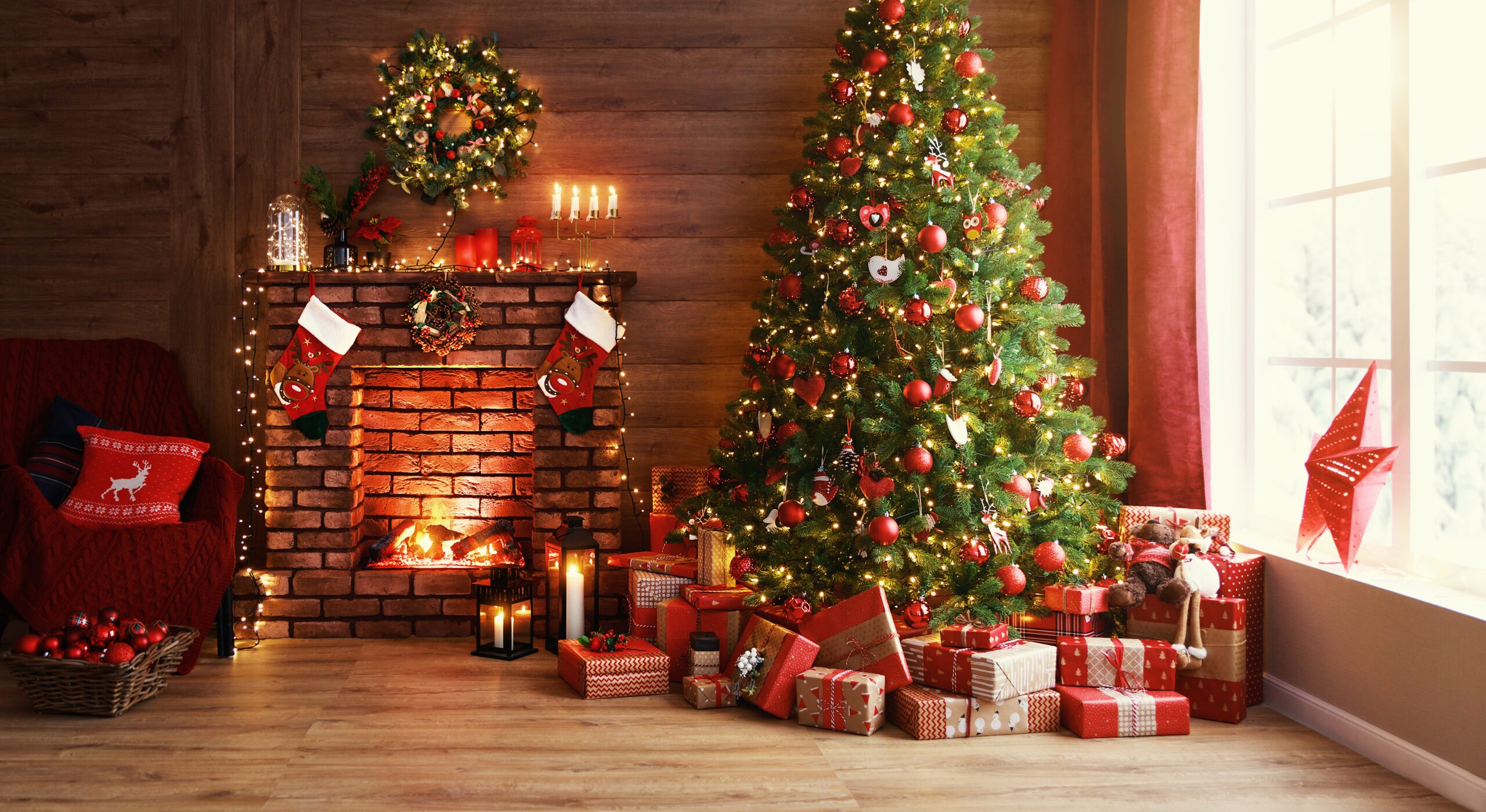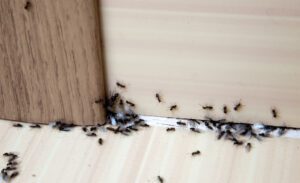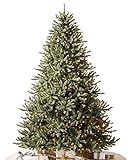Introduction to the Christmas Tree Debate
The Christmas season always seems to trigger the great debate: should one opt for real or artificial Christmas trees? This choice is more than aesthetics, touching upon environmental concerns, family traditions, and practicality. With over 100 million households in America celebrating with a Christmas tree, the implications of this decision are far-reaching. And sometimes hotly debated.
The Environmental Footprint of Real Christmas Trees
Real Christmas trees, many of which are grown on farms in Oregon and Washington, represent a significant agricultural endeavor. It takes about 12 years to cultivate a tree to the standard six and a half feet height. This process, while resource-intensive, contributes positively to the environment. Trees act as carbon sinks, absorbing CO2 from the atmosphere. However, the environmental benefits are contingent on how the tree is disposed of post-Christmas. Composting or recycling the tree is environmentally favorable, but if a tree ends up in a landfill, it can produce methane, a potent greenhouse gas.
According to the National Christmas Tree Association, between 25-30 million real trees are sold annually in the U.S. alone. This industry not only supports local economies but also maintains agricultural land, which could otherwise be lost to development. The choice of a locally grown tree, ideally with an FSC certification, further reduces the carbon footprint associated with transportation.
The Impact of Artificial Christmas Trees
Artificial Christmas trees, predominantly made from plastics and metals, present a different set of environmental challenges. The production process is energy-intensive and contributes to industrial emissions. A 6.5ft artificial tree has a carbon footprint equivalent to about 40kg of greenhouse gas emissions, which is more than twice that of a real tree ending its life in landfill, and over ten times that of a tree which is burnt.
Approximately 75% of Americans who have a tree now opt for an artificial one. These trees, if used for a duration of 5-10 years, can mitigate their initial environmental cost. However, the end-of-life disposal of these trees poses a significant challenge, as PVC, a common material in artificial trees, is difficult to recycle. If you are considering an Artificial Christmas Tree, Read our Detailed Review on the 5 Best Artificial Christmas Trees in 2023.
Here’s a Summary of the Detailed Review Post:
Rotate Your Mobile Device For A Better View of The Table
| OVERALL BEST | RUNNER UP | BEST BUDGET OPTION | BEST COLOR-CHANGING | BEST PREMIUM OPTION |
|---|---|---|---|---|
| Balsam Hill BH Fraser Fir | Best Choice Products 7.5-ft Premium Spruce | National Tree Company Kingswood Fir Slim | Frontgate Oxford Color-Changing Full Profile Tree | Balsam Hill Vermont White Spruce |
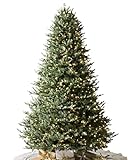 |
 |
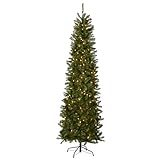 |
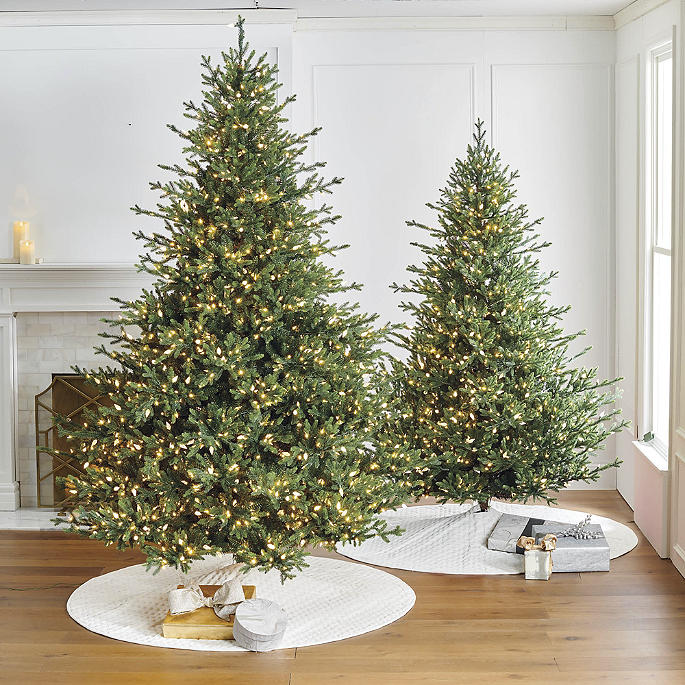 |
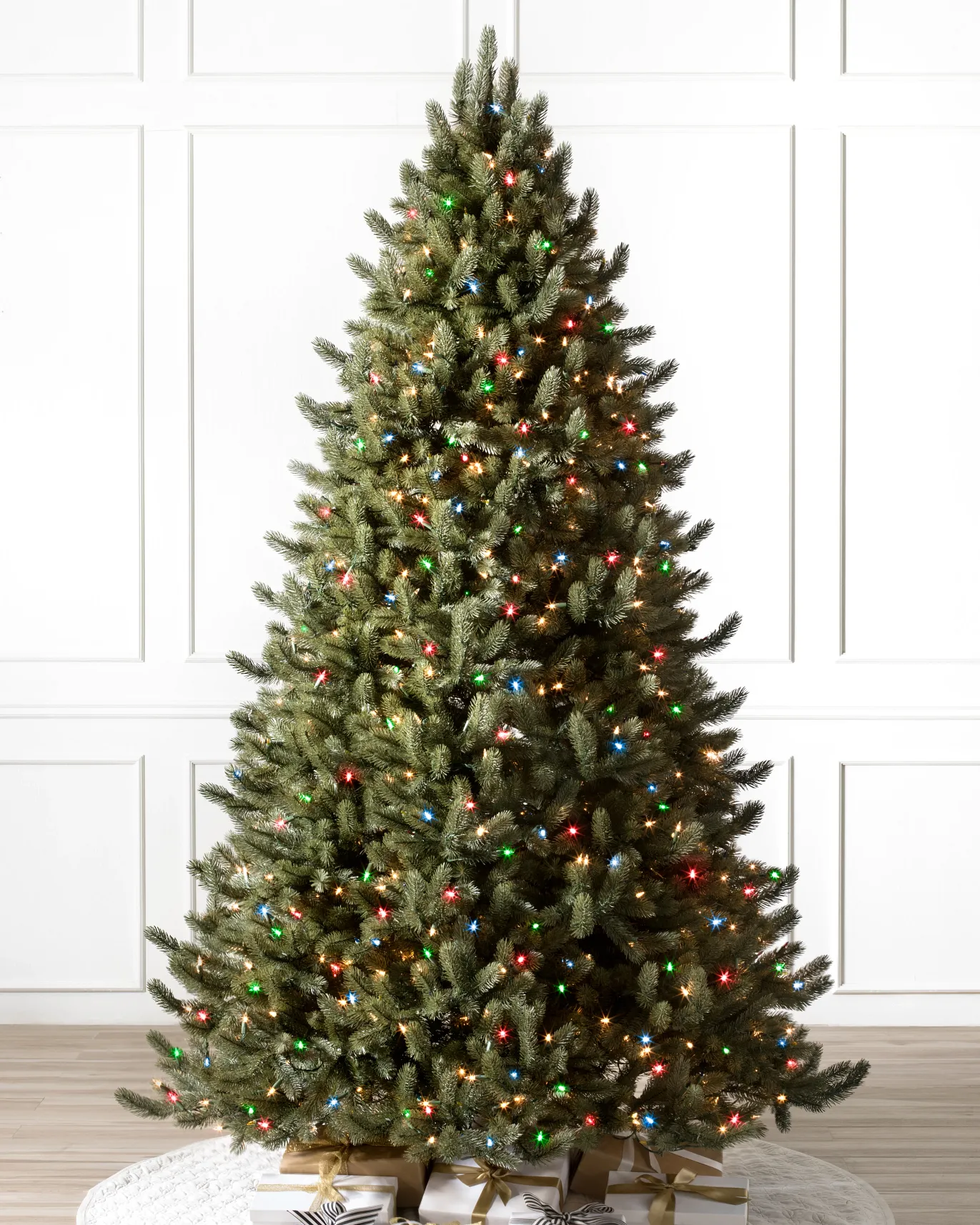 |
| $849.00* | $99.99* | $60.88* | $1,259.30* | $1,499* |
| Check Price on Amazon | Check Price on Amazon | Check Price on Amazon | Check Price on Frontgate | Check Price on Balsam Hill |
*Price at the time of this review
Wildlife and Habitat Considerations
One aspect often overlooked in the Christmas tree debate is the impact on wildlife and habitats. Natural tree farms can provide valuable habitats for a variety of species, especially in their early successional stages. These farms mimic natural disturbances, creating environments conducive to biodiversity. In contrast, the production facilities for artificial trees do not offer such ecological benefits.

It’s also worth noting that habitat loss is a primary threat to many species. While not ideal compared to natural forests, Christmas tree farms do offer some respite in this regard, providing green spaces in increasingly developed landscapes.
Family Tradition and Aesthetic Considerations
When our daughter was younger, we always had a real tree, and I wouldn’t trade those memories for anything. We lived in Michigan, and there was a tree farm that put on the best holiday tradition. The day started with a warm cider in a large open heated barn, then to a hay ride to the tree farm to cut down the perfect tree. Such fantastic memories. For many, like us, the choice between real and artificial trees is deeply rooted in family tradition. The experience of a real tree, with its distinctive pine scent and unique texture, is irreplaceable for some. These trees can create a sense of nostalgia and foster family bonding during the holiday season. However, as our daughter grew older, as did we, our traditions have changed, and we are now firmly rooted in the realistic, pre-lit artificial Christmas tree group.

Artificial trees offer convenience and customization. They are reusable, require no maintenance, and present no fire risks, making them a practical choice for many households. Their variety in size and style, including pre-lit options, caters to diverse aesthetic preferences.
Conclusion: Balancing Environmental Concerns with Personal Preferences
The decision between real and artificial Christmas trees involves a complex interplay of environmental impact, personal values, and practical considerations. While real trees offer the benefits of tradition, sensory appeal, and a smaller carbon footprint if properly disposed of, artificial trees provide convenience, longevity, and potentially lower long-term environmental impact. Ultimately, the choice hinges on individual priorities and the commitment to either tradition or convenience, balanced against environmental consciousness.
Happy Holidays from the Team at Trustworthy Home Advice!
John
Please share any fond memories you may have about your Christmas Tree traditions, or let us know your thoughts on the Great Debate!

